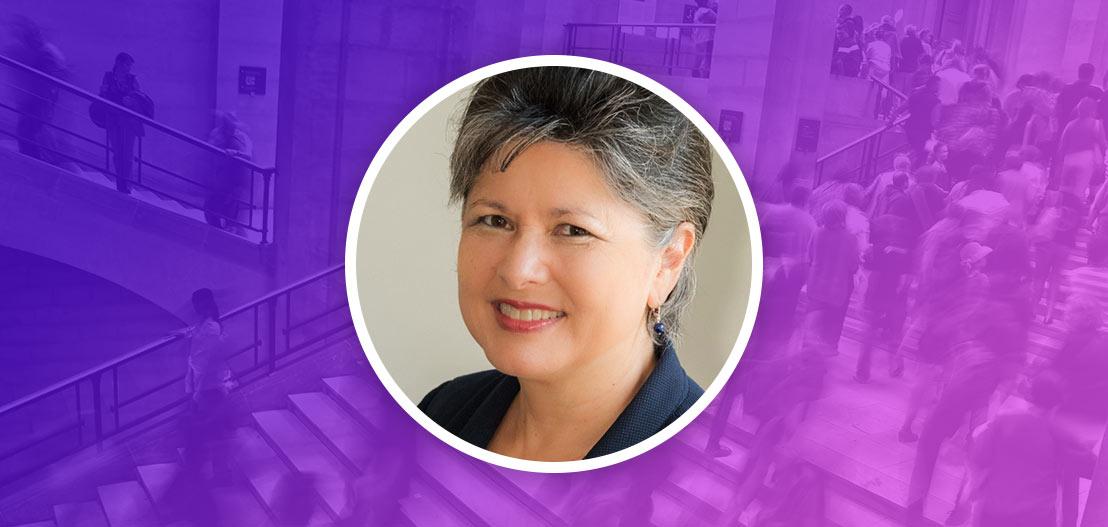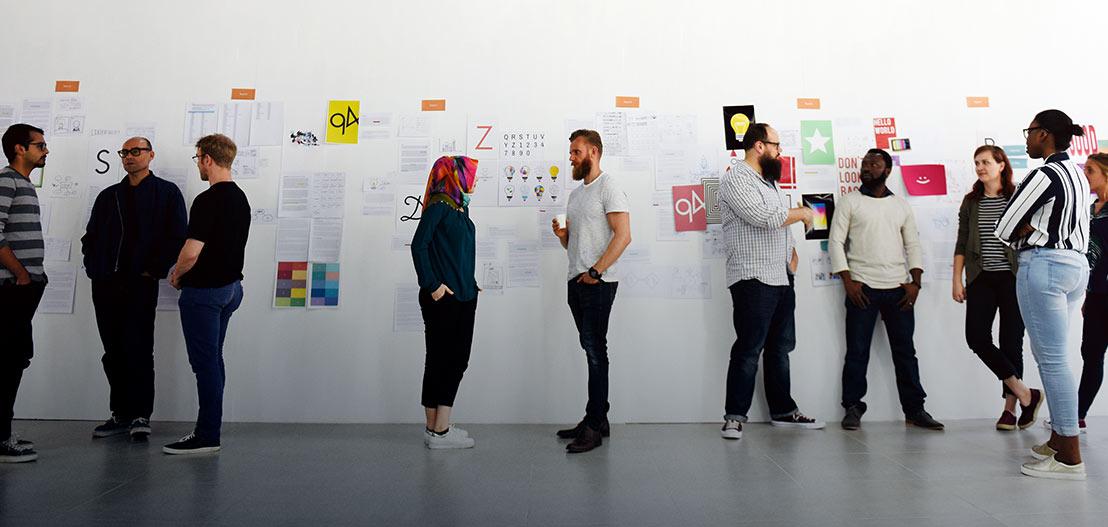Diversity and inclusion has rightfully become a key focus of business leaders all over the country. However, it’s a monumental challenge for leaders to actually build an inclusive culture that affirms company-wide diversity. The Inclusion Dividend aims to make that task a little less daunting. The book’s central message hinges on the idea of investment—investing in a culture of DE&I continually produces dividends, from more engaged, happy employees to increased shareholder value.
Throughout the book, authors Mason Donovan and Mark Kaplan outline the many stumbling blocks that keep companies from a culture built on true meritocracy, and guide readers through tangible steps leaders can take to develop a lasting, impactful DE&I plan.
Here’s a short summary of four of the authors’ biggest ideas and a few thoughts on applying these ideas to your work life.

Big Idea #1: The first step to diversity and inclusion is leaders acknowledging their biases.
Whether we are willing to accept it or not, each and every one of us is biased in some way based on our unique belief systems, backgrounds, and experiences. These implicit biases are unconscious, so they’re constantly humming in the background until we address them.
This notion is backed by science in Malcolm Gladwell’s book Blink, in which Gladwell popularized the concept “thin-slicing” to note how we successfully make quick decisions from the primal, unconscious parts of our brain. And in Daniel Kahneman’s Thinking Fast And Slow, he divides thought processes into System 1 thinking for automatic processes, and System 2 thinking, made up of intentional, deliberate thought.
Diversity and inclusion can only be improved upon when leaders acknowledge their own unconscious biases. As individuals with the highest amounts of power, sometimes leaders know the least about how to improve DE&I. As Donovan and Kaplan note, bias is always present and occurring without our conscious awareness, it corresponds directly with behavior, and it plays a huge part in the evaluation of performance.
HR Takeaway: If you’re struggling to get your own program off the ground, DE&I consultants offer unconscious bias training to individuals and full organizations alike—and it’s imperative that your C-suite or leadership team are present and engaged. Once they’ve bought in, implement DE&I practices throughout the hiring process. It’s crucial to look at each and every step under a microscope: Is your recruiting process inclusive? What about the application and interview stages?

Big Idea #2: Intent does not equal impact.
While leader-driven initiatives and actions are usually driven by good intentions, the resulting impact frequently doesn’t match up. Oftentimes a leader might not possess the skills or training outcomes necessary to create their desired impact. Donovan and Kaplan share the example of a company with a ban on employee resource groups (ERGs)—since these groups are exclusive, they’re in direct conflict with the company’s stance on meritocracy. While the intent is to celebrate diversity, the impact is a clear message that diversity is only welcome in certain contexts. With direct leadership training, this blunder could have been avoided as successful ESGs formed.
HR Takeaway: A culture built on inclusion can only be created when you have the full picture of your current landscape as a starting point. Partner with a DE&I consultant to perform a diversity audit, a data-driven analysis of your current culture and demographics. This could include a gender pay gap analysis, hiring data, and more. Then, after implementing your DE&I program, keep communication channels open and help employees feel comfortable sharing anonymous feedback directly with leadership. This can help you see if your intent is leading to the desired impact.

Big Idea #3: Being a strong DE&I leader requires five interconnected competencies.
To successfully enable and enact DE&I efforts, Donovan and Kaplan list five competencies that leaders must possess.
Exhibit individual awareness and self-management
Individual awareness and self-management are difficult to obtain in a leadership role, namely because the higher up in the hierarchy you are, the less open and honest feedback you’ll receive. To counter this, leaders need to constantly and proactively challenge the perspectives they bring to the table and the views of others, and surround themselves with people who are different from them.
Embrace the paradox of individuality and group identity
Individual differences and belonging to a collective are both deeply valuable to one’s identity. Leaders must understand that insider or outsider group membership contributes to an individual’s success. Therefore, we must see employees as distinct individuals but also part of groups that foster a sense of community.
Envision and frame positive change
It’s important to develop a strategy for positive change, but it will lack its inherent power unless it’s communicated to employees as a shared vision. Leaders who create a vision for the future help employees feel they’re part of this future, shaping it together through shared values and actions.
Foster true meritocracy
A true meritocracy is ideal, but most workplaces have a long way to go before they can achieve it. To get there, all systems and processes must be analyzed at the root; this includes the practices that make up your company culture along with talent acquisition.
Create a culture of ownership
When there’s a culture of ownership, inclusion isn’t just reserved for DE&I experts. It’s possible for everyone in the organization to meaningfully contribute and give feedback.
HR Takeaway: If you’re leading the charge on DE&I efforts, take a few minutes to think about which of these competencies come most naturally to you, and which are harder. What’s one step you could take to improve these competencies? And if you’re not your organization’s DE&I lead, share this list with the leaders who are.

Big Idea #4: A good DE&I program requires thoughtful short- and long-term planning.
Throughout The Inclusion Dividend, Donovan and Kaplan affirm that DE&I requires both a short-term approach and a long-term plan to be successful. And since leaders often perceive their organizations to be more inclusive than they actually are, a variety of research-based techniques are crucial to forming the proper DE&I plan. Over time, investing in DE&I through strategic plans results in long-term dividends for the company itself and the well-being of the employees who work there.
HR Takeaway: To start planning your short- and long-term DE&I strategy, develop a three-to-five-year vision, yearly plan, and recurring check-ins throughout the year to make sure you’re on target with your goals and feedback is being reviewed.
To get the book, check out Alibris, or Amazon.
Check out author Mason Donovan on Twitter and LinkedIn and Mark Kaplan on LinkedIn.







